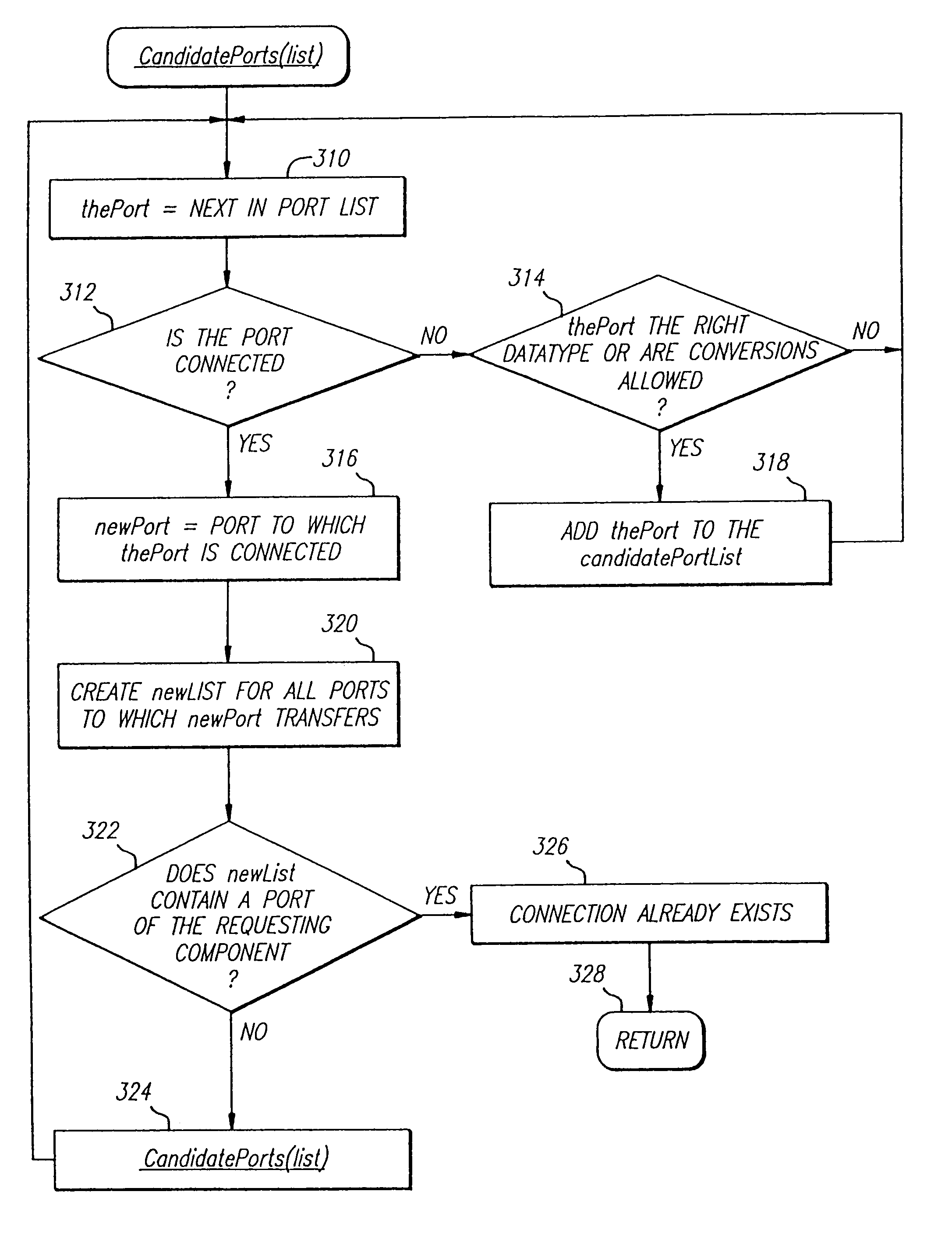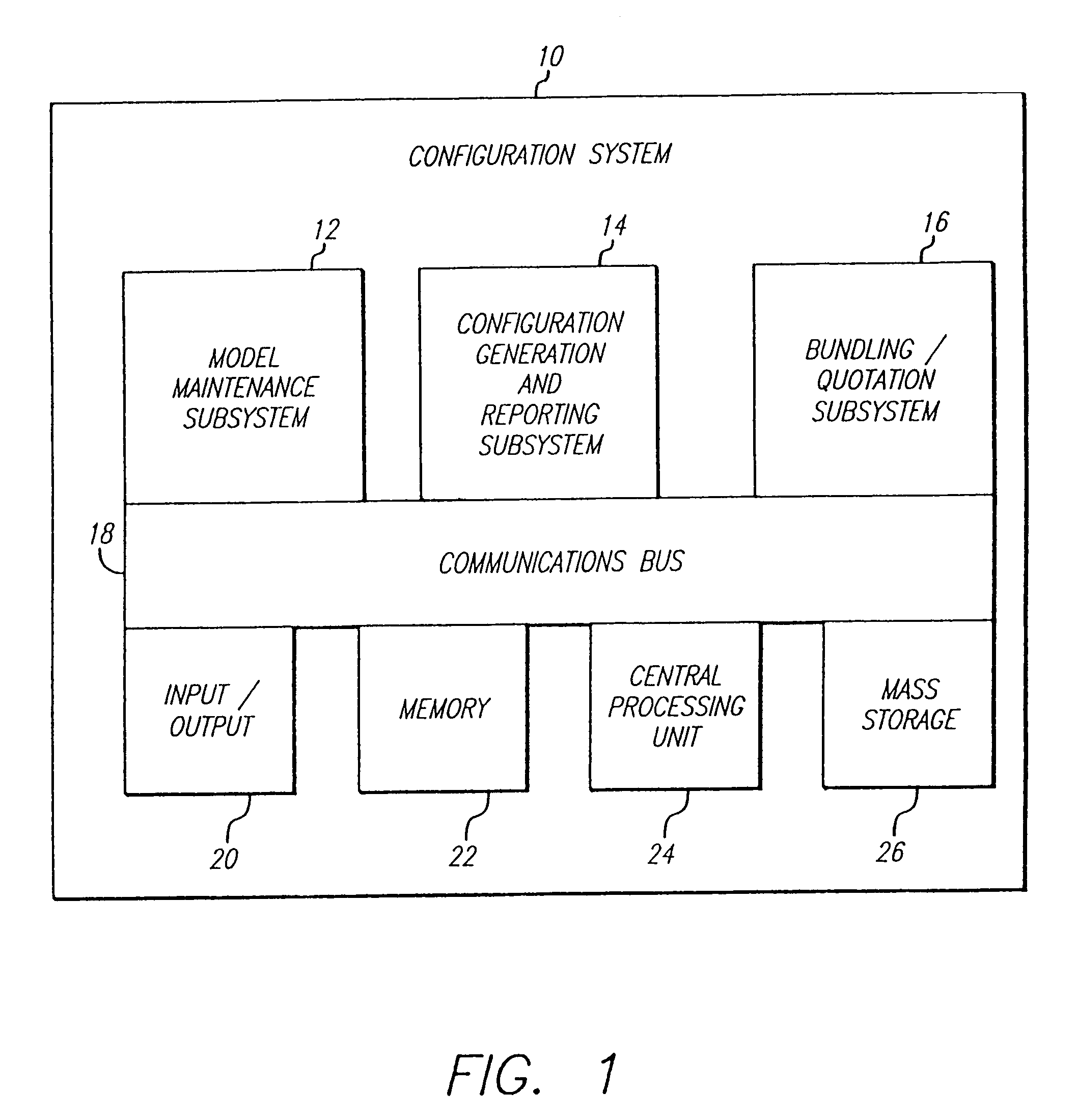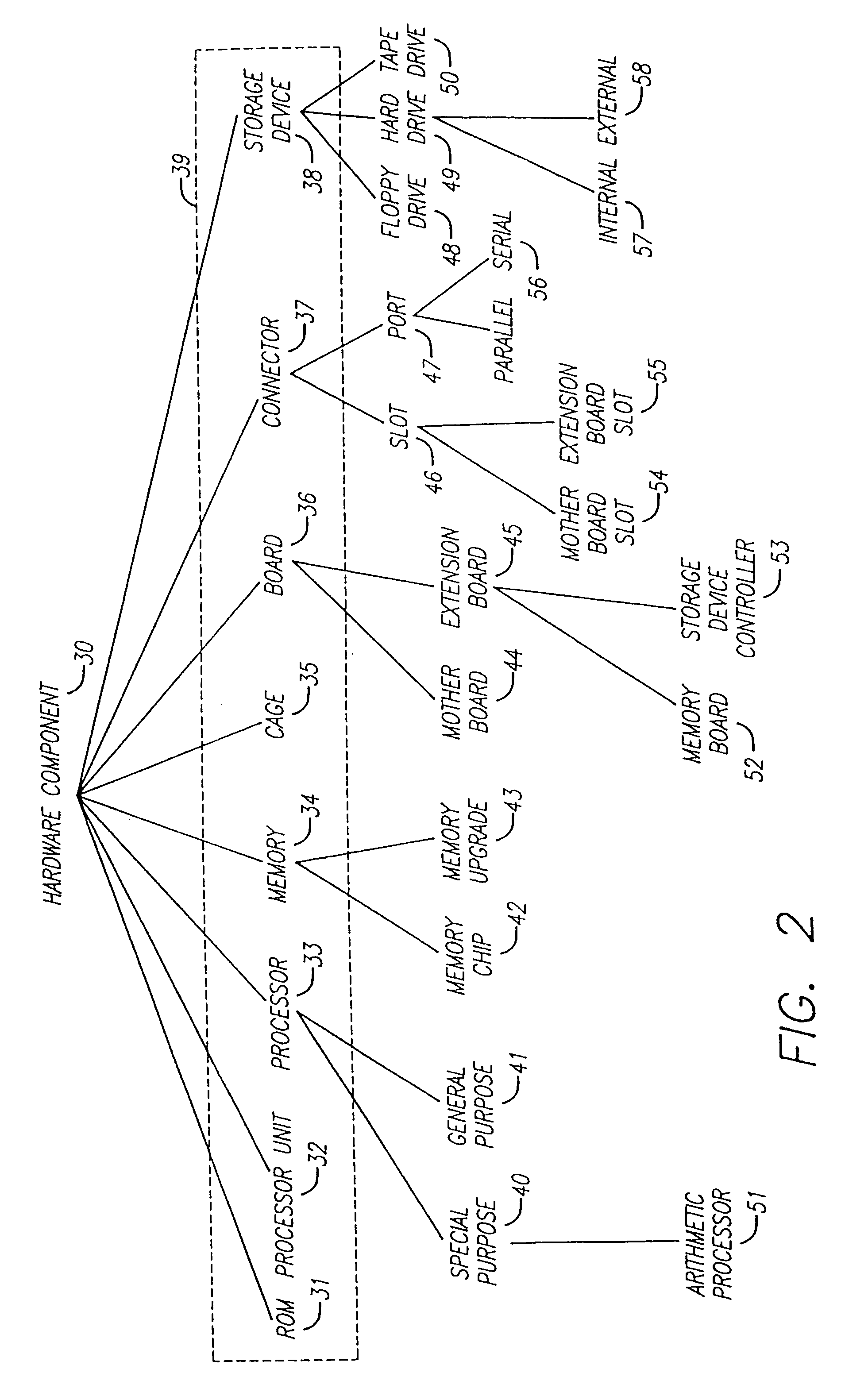Method and apparatus for configuring systems
a technology of system configuration and method, applied in the field of computer-based system configuration, can solve the problems of not addressing the actual need for computer-based tools, complex task of configuring a system, and needing computer-based assistan
- Summary
- Abstract
- Description
- Claims
- Application Information
AI Technical Summary
Benefits of technology
Problems solved by technology
Method used
Image
Examples
Embodiment Construction
[0055]A method and apparatus for configuring systems is described. In the following description, numerous specific details are set forth in order to provide a more thorough description of the present invention. It will be apparent, however, to one skilled in the art, that the present invention may be practiced without these specific details. In other instances, well-known features have not been described in detail so as not to obscure the invention.
[0056]The present invention provides a tool for configuring systems that has application to a wide range of domains including the following: computer hardware, computer software, computer networks, telecommunication systems (e.g., PBX and voice mail), copiers, medical imaging systems, vehicles (e.g., fire trucks and construction equipment), electronic control systems, buildings, modular furniture, manufacturing equipment, manufacturing systems, consumer electronic equipment, and electronic systems.
[0057]FIG. 1 is block diagram of the conf...
PUM
 Login to View More
Login to View More Abstract
Description
Claims
Application Information
 Login to View More
Login to View More - R&D
- Intellectual Property
- Life Sciences
- Materials
- Tech Scout
- Unparalleled Data Quality
- Higher Quality Content
- 60% Fewer Hallucinations
Browse by: Latest US Patents, China's latest patents, Technical Efficacy Thesaurus, Application Domain, Technology Topic, Popular Technical Reports.
© 2025 PatSnap. All rights reserved.Legal|Privacy policy|Modern Slavery Act Transparency Statement|Sitemap|About US| Contact US: help@patsnap.com



